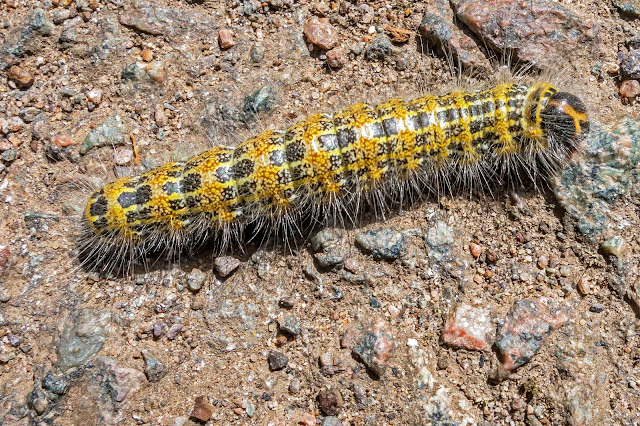Suffolk Wildlife Trust`s Fox Fritillary Meadow

Fox Fritillary Meadow is an ancient floodplain. It is the largest of four remaining sites for the snake's head fritillary in Suffolk, and it was to here that we booked to visit to see these beautiful wild flowers. Visiting Fox Fritillary Meadow is by prior arrangement only, and visitor numbers are restricted, so we booked some 2 months back for this year. According to Suffolk Wildlife Trust:- The Snake's-head fritillary is a most unusual looking wildflower and the UK's only native fritillary species. When in bloom in spring, this flamboyant wildflower is unmistakable. Its nodding purple and sometimes white flowers have distinctive chequer-board markings resembling a snake’s skin. Before it flowers its presence may be overlooked as the foliage is grass-like, but once in flower it is a spectacular sight, forming a wonderful purple haze across the meadow. The number of local names, including Snake's-head lily, Crowcup, Leper's Bells and Chequered Lily, suggest that...
